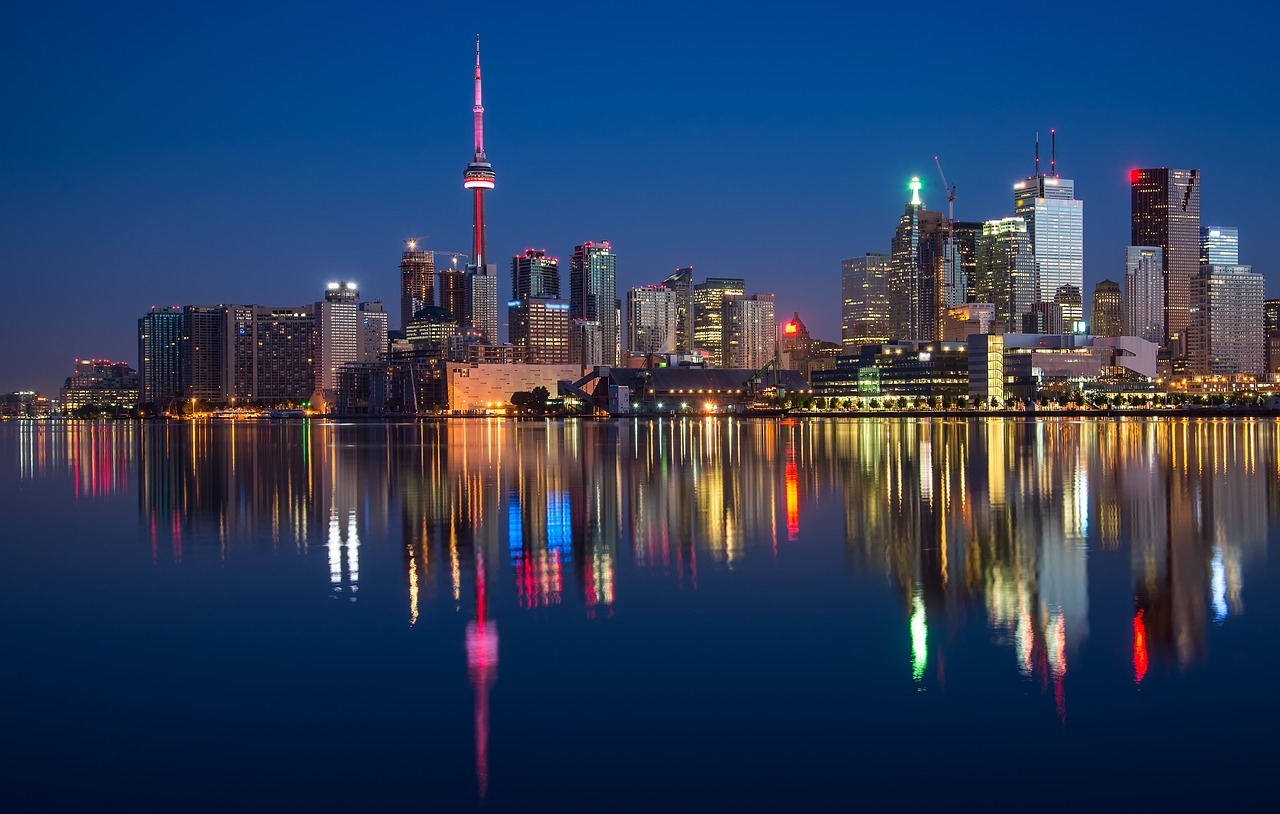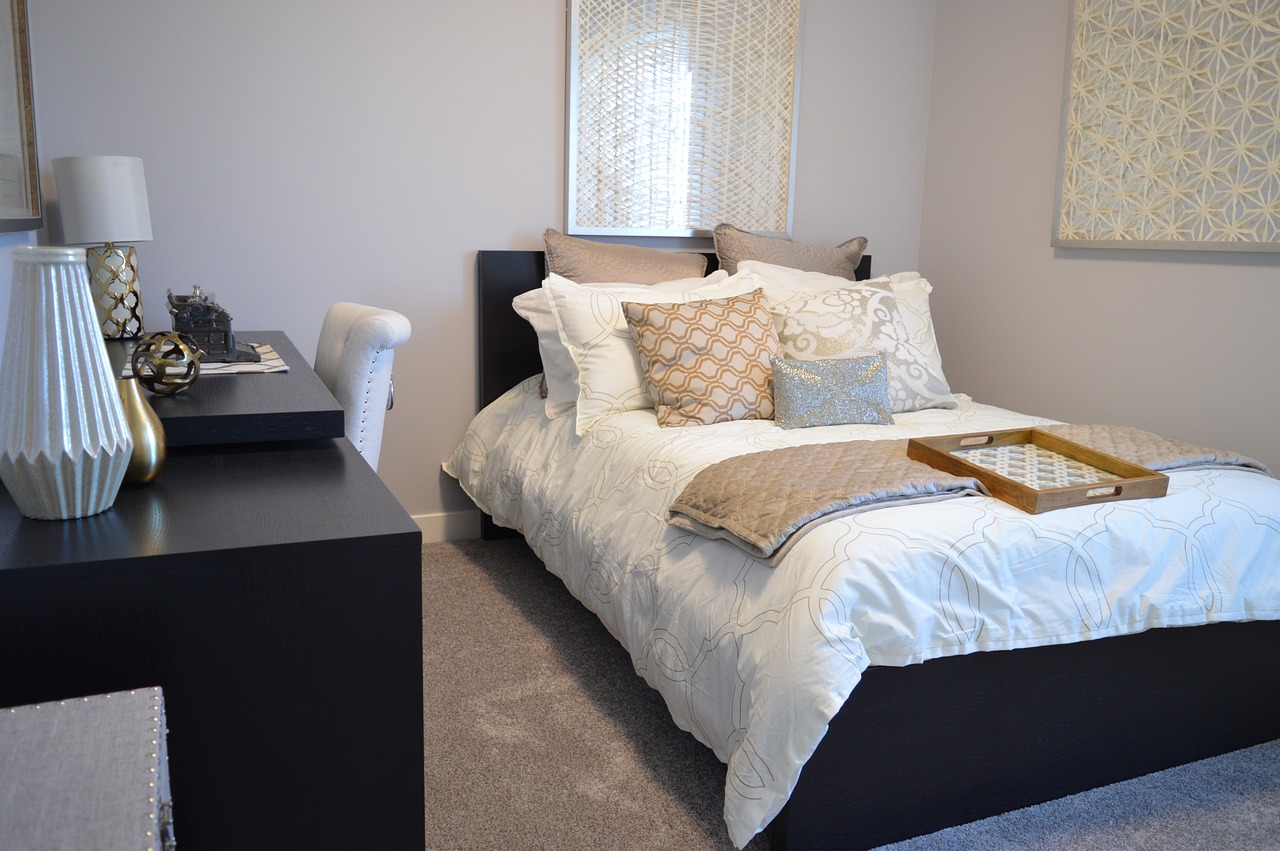Do you ever stop to think about the buildings around you and how they shape the urban landscape? Architecture plays a crucial role in shaping the identity and function of our cities. From towering skyscrapers to quaint historic buildings, the design and construction of these structures can greatly impact the way we experience and navigate the spaces around us.
The role of architecture in shaping urban spaces is multifaceted. It involves considerations of aesthetics, functionality, community needs, and sustainability. As you walk through the streets of your city, take notice of the buildings around you and how they contribute to the overall character of the area.
In this article, we will explore the ways in which architecture influences urban spaces and how it can be used to create more livable, sustainable, and vibrant cities.
The Impact of Architecture on City Identity
The way architecture shapes a city’s identity can’t be overstated. The buildings and structures that make up a city’s skyline are often the first things that come to mind when people think of a particular place.
The cultural significance of architecture in shaping a city’s identity is immense. Whether it’s the iconic skyscrapers of New York City or the historic architecture of European cities like Paris or Rome, the buildings in a city often reflect the culture and history of the people who live there.
Architecture also plays a significant role in a city’s economic development. Cities with well-designed and aesthetically pleasing buildings and public spaces tend to attract more tourists and businesses. In turn, this can lead to increased revenue for the city and job opportunities for its residents.
Additionally, the construction of new buildings and the renovation of existing ones can create jobs in the construction industry, further fueling economic growth. Overall, the impact of architecture on a city’s identity and economic development can’t be ignored.
Designing Functional and Aesthetically Pleasing Buildings
You can create buildings that are both practical and visually stunning, making them an integral part of the urban landscape. When designing a building, it’s important to consider accessibility for all individuals.
This means creating spaces that are easily navigable for those with disabilities or limited mobility while still maintaining the aesthetic appeal of the building.
Balancing form and function is also crucial when designing buildings. While a visually pleasing building may attract attention, it’s equally important that the building serves its intended purpose.
A well-designed building should be functional and meet the needs of its occupants, whether it’s a residential or commercial space. By finding the right balance between form and function, architects can create buildings that are not only beautiful but also practical, enhancing the overall experience for those who interact with them.
Considering Community Needs in Urban Planning
Hey there, when planning a community, it’s important to consider the needs of the people who will be living and working in the area. Community engagement is a crucial aspect of urban planning as it allows for the voices of the community to be heard and incorporated into the development process.
By engaging with residents, local businesses, and community organizations, planners can gain a better understanding of what the community needs and wants, and how the development can benefit the area as a whole.
Equitable development is also an important consideration in urban planning. This means that development shouldn’t only benefit a select group of people, but should also consider the needs of those who may be marginalized or disadvantaged.
This includes providing affordable housing, accessible public transportation, and community resources such as parks and community centers. By planning for equitable development, urban spaces can become more inclusive and improve the overall quality of life for those who live and work in the area.
Creating Sustainable and Eco-Friendly Buildings
To make your buildings eco-friendly, consider using sustainable materials and implementing energy-efficient systems. Choosing the right materials can help reduce waste and lower your building’s carbon footprint. Recycled materials, such as reclaimed wood or repurposed metal, can add a unique touch to your building while also reducing your environmental impact.
Other sustainable materials, like bamboo or cork, are renewable and biodegradable, making them a great choice for eco-conscious builders. Energy-efficient design is another important factor to consider when creating eco-friendly buildings. Incorporating features like solar panels, geothermal heating and cooling systems, and energy-efficient lighting can greatly reduce your building’s energy consumption.
Passive design techniques, such as proper insulation and strategic window placement, can also help regulate temperature and reduce the need for heating and cooling systems. By using sustainable materials and implementing energy-efficient systems, you can create a building that not only benefits the environment but also saves you money in the long run.
The Future of Architecture in Urban Spaces
The way you design and build your cities is rapidly evolving, and the future of urban architecture is set to revolutionize the way you live, work, and play.
Innovative materials are being developed to make buildings not only more sustainable but also more functional and aesthetically pleasing. The use of biodegradable and recyclable materials, for example, will become more prevalent in the construction of buildings in the future.

Another trend that will shape the future of urban architecture is the development of smart cities. These cities will incorporate technology to make buildings and infrastructure more efficient and user-friendly. For example, buildings will be equipped with sensors that can monitor energy consumption and adjust lighting and temperature based on occupancy.
Smart cities will also incorporate transportation systems that are interconnected and use data to optimize traffic flow and reduce congestion.
The future of urban architecture is exciting, and it will bring about a new era of sustainable and smart urban spaces.
Frequently Asked Questions
What are the main challenges architects face when designing for urban spaces?
When designing for urban spaces, budget constraints and environmental considerations are the main challenges architects face. You must balance aesthetics with practicality, while also ensuring sustainability and functionality for the community.
How do architects balance the needs of the community with the demands of the market?
When considering community vs market, architects must prioritize both. Achieving a balance means understanding the needs of both parties and designing spaces that meet those needs. It’s about creating a space that is functional, but also aesthetically pleasing to attract investors and residents.
What role do cultural and historical influences play in shaping urban architecture?
Cultural and historical influences shape urban architecture. You can see this in buildings that reflect the local culture or honor the past. These elements add depth and meaning to the urban landscape.
How do architects address issues of accessibility and inclusivity in urban design?
When addressing accessibility and inclusivity in urban design, architects utilize universal design principles and engage with the community to ensure their needs are met. This involves creating spaces that are easily navigable and accommodating for all individuals, regardless of ability.
What are some innovative approaches to sustainable architecture that can be applied in urban settings?
To incorporate innovative sustainable approaches in urban settings, try green roofs and passive design. Green roofs can reduce heat absorption, while passive design maximizes natural lighting and ventilation.
Conclusion
You’ve learned about the important role that architecture plays in shaping urban spaces. From impacting a city’s identity to designing functional and aesthetically pleasing buildings, architecture is a key component of urban planning.
But it doesn’t stop there. Architects must also consider the needs of the community and create sustainable and eco-friendly buildings.
Looking towards the future, architecture will continue to play a critical role in shaping our urban spaces. As cities continue to grow and change, it will be up to architects to design buildings and spaces that meet the needs of both the community and the environment.
With innovation and creativity, architecture can continue to transform urban spaces for the better.










